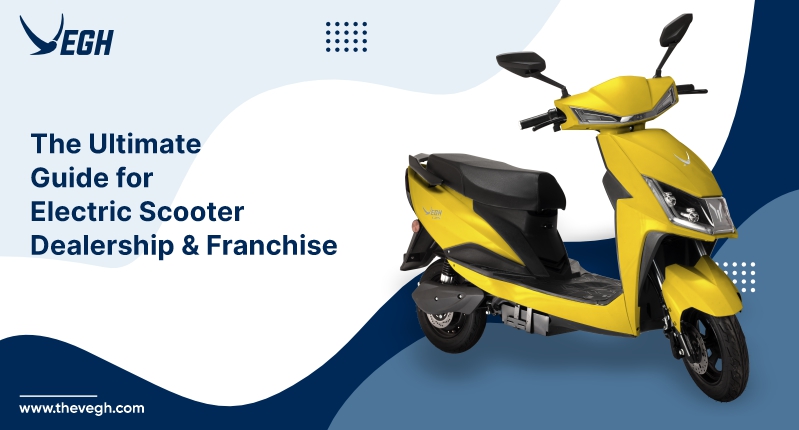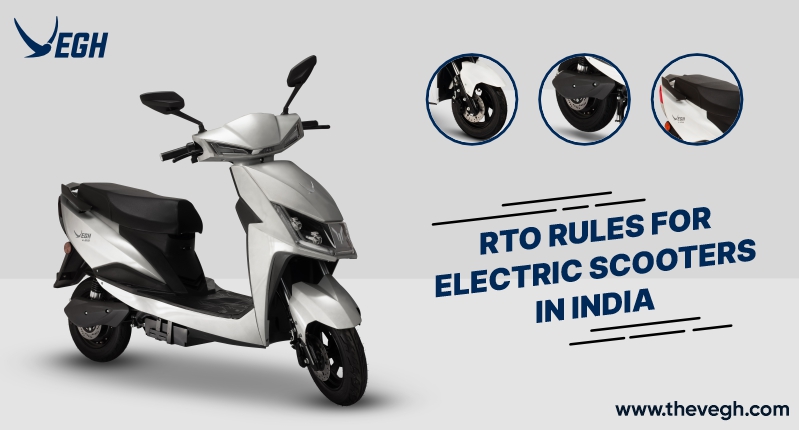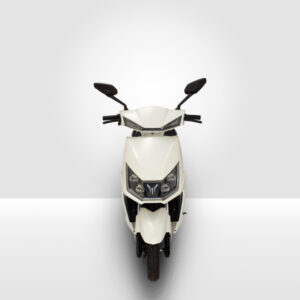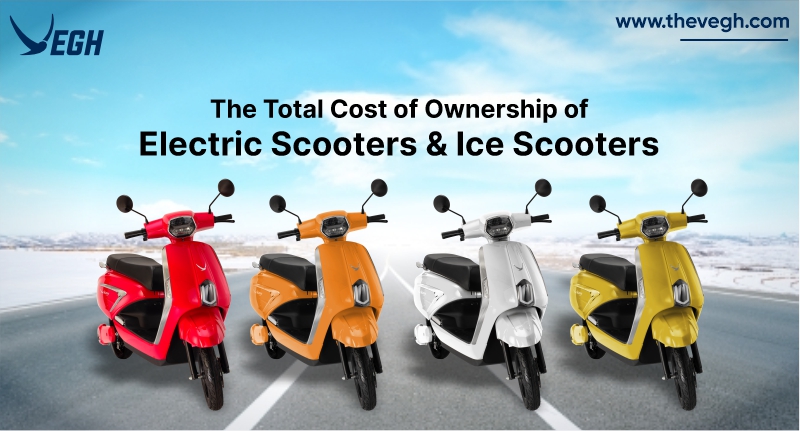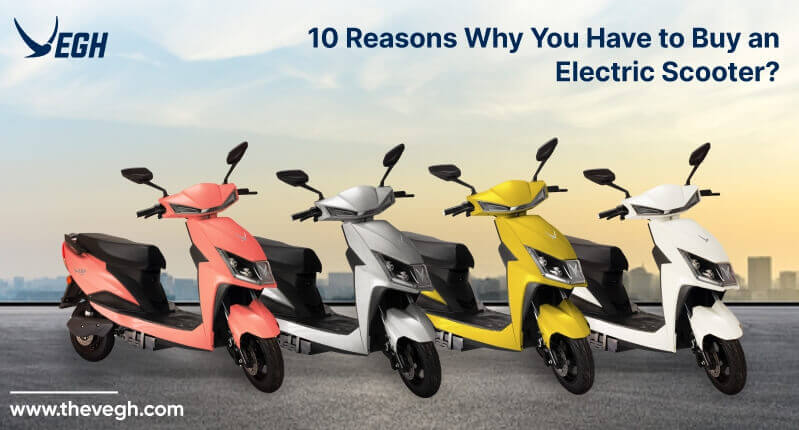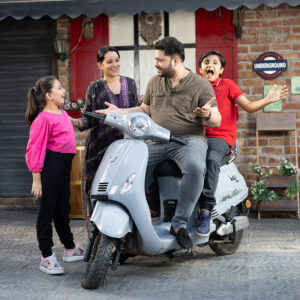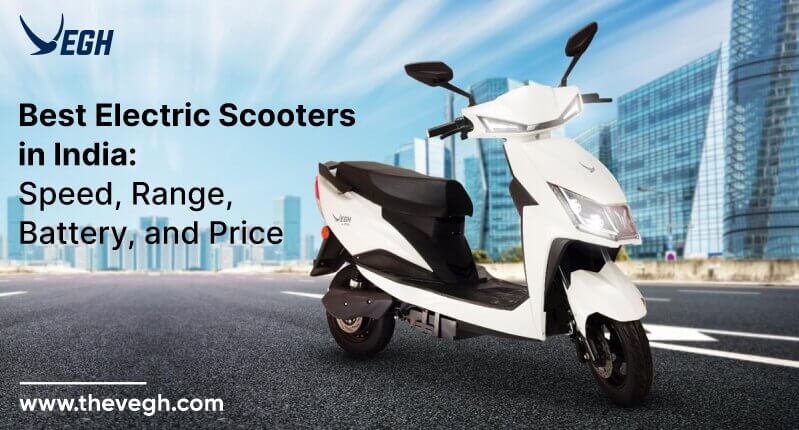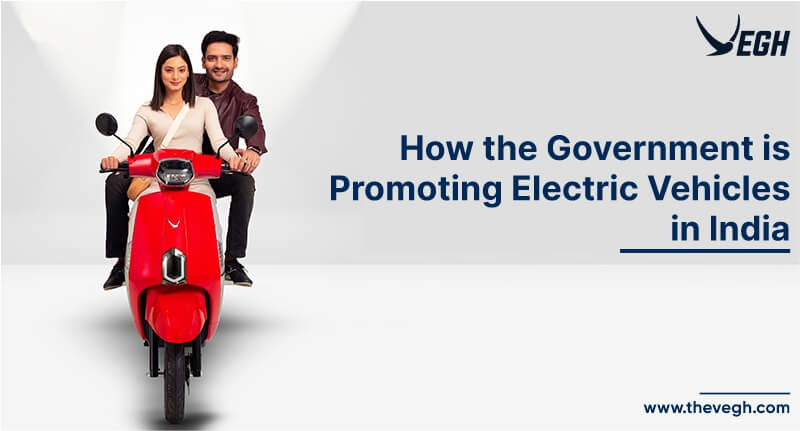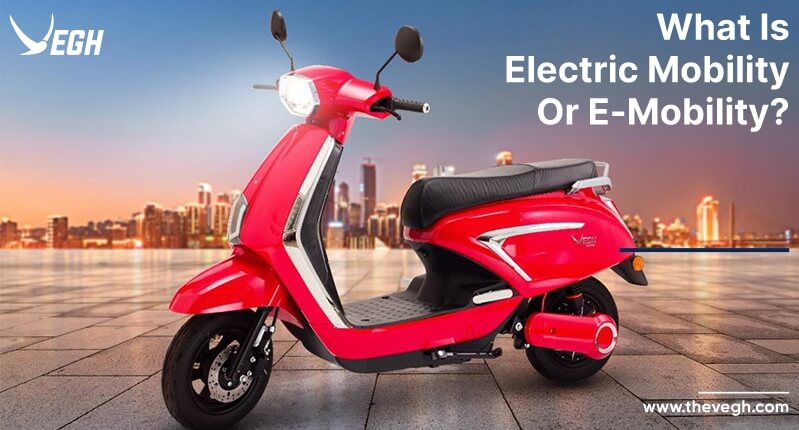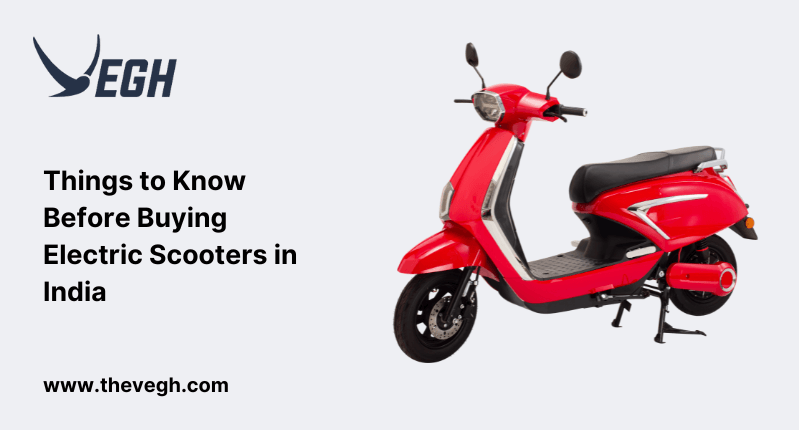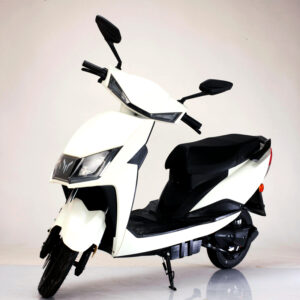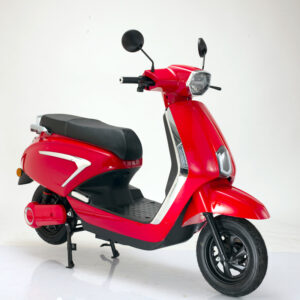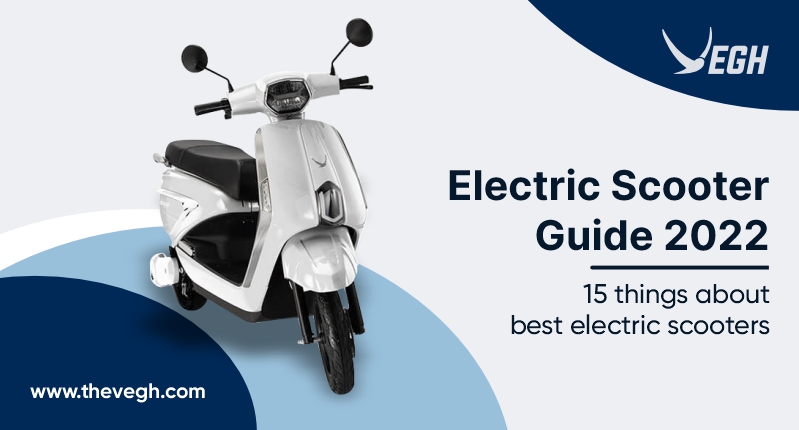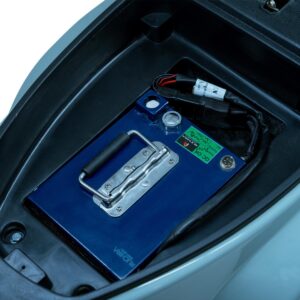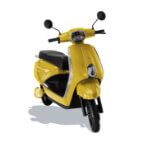Due to growing fuel prices and environmental concerns brought on by the enormous number of ICE vehicles and contributing to air pollution, the modern world is moving toward electric vehicles (EVs). By 2030, it is anticipated that the Asia-Pacific region will dominate the global market for electric vehicles. Electric scooters produce no pollutants because there are no gasoline costs. They also provide mileage comparable to gasoline-powered vehicles for just 15% of the price per liter of petrol. In this article, we will explore the electric scooter dealership business model.
Setting up an electric bike dealership requires the same kind of market research, analysis, and skillful execution as most other successful businesses do. Now the biggest question is, why should you invest in an electric scooter dealership. Well here are some points for you.
Demand for Electric Scooters in India is growing
With 50,475 units sold in August 2022, the retail figures for electric scooters in India are at an all-time high for this fiscal year. This is a far more manageable 13 percent month-on-month climb over July 2022’s 44,595 units, despite being a tremendous 238 percent year-over-year (YoY) increase over the pandemic-affected August 2021’s 14,913 units.
According to Vinkesh Gulati, chairman of FADA India Research & Academy, sales of e-two-wheelers last month crossed the 50,000-unit threshold for the first time and point to the future. Sales totals from April through August 2022 have surpassed 2,500, which provides convincing evidence that FY2023 will be a record-breaking year for the electric two-wheeler business.
The top 10 players account for 2,06,443 units, or 91 percent, of the total retail sales of 2,25,986 units, according to the data table at the bottom of this report.
Electric Scooter Dealership Market Valuation
The Indian electric vehicle market was estimated to be worth USD 7,025.56 million in 2021, and by 2027, it is anticipated to have grown to be worth USD 30,414.83 million, registering a CAGR of 28.93% in terms of revenue (2022-2027).
Electric Scooter Dealership ROI up to 15%
Electric bikes and electric scooters can provide the ideal blend of innovation and excitement. That can be easily fed to consumers due to the rising demand for businessmen. Who want to explore and experience things at a different level. Electric scooter demand in the market is higher than its ICE counterpart, thanks to their lightweight, fashionable, and elegant features, which is necessary to put an end to the dark times brought on by climate change and pollution from harmful gases.
With the electric scooter dealership business in 2022, achieving a standard RoI of above 15% (per year) has been pretty conceivable due to the absurdly high demand in tier-1, tier-2, and tier-3 cities of a country with 1.3 billion inhabitants.
Now let’s see how much investment is required for starting an electric scooter dealership in India.
An initial investment of between 30 and 50 lakhs of rupees is required to launch an electric scooter dealership. Starting a dealership business requires more than just a commercial area. Therefore, the overall cost to establish and operate the business profitably is between 30 and 50 lakhs.
Your location, the state you are opening in owing to tax considerations. And your promotion and marketing budget all contribute to the variation in price. Bank loans are an option, or you might use your savings to finance your company. Banks may be a less expensive and risk-free approach to launching a business. But you can simply repay the debts with a promising financial future.
The sale of electronic bikes is a lucrative industry that will be popular in the future. The switch to electronic vehicles will benefit the environment by emphasizing energy conservation.
What is the process of applying for Vegh electric scooter Dealership?
With Vegh Automobiles, you can start your EV business in a very easy 3-step process.
- Visit www.thevegh.com/dealership
- Fill out the dealership form
- Submit the application
Documents and information required for the Electric Scooter Dealership
- Personal Documents
- Contact Details
- Address Proof
- Commercial Space ownership or lease
- Business Registration like GST
- Commercial Electricity bill

